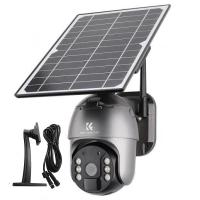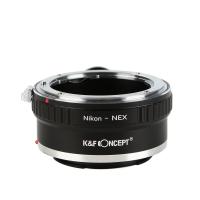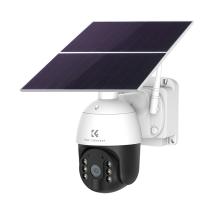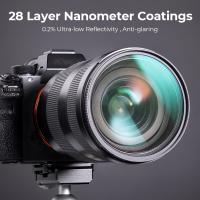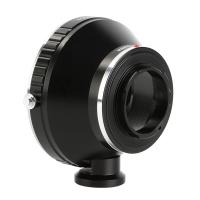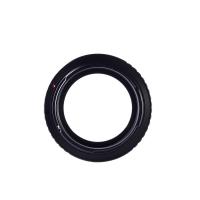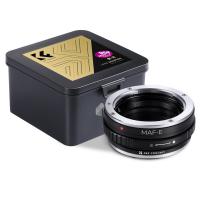Which Microscope Should I Buy ?
The choice of microscope depends on your specific needs and requirements. There are several types of microscopes available, such as compound microscopes, stereo microscopes, and digital microscopes. Compound microscopes are commonly used in laboratories for high magnification and resolution of small samples. Stereo microscopes are ideal for viewing larger objects in three dimensions. Digital microscopes offer the advantage of capturing images and videos directly to a computer. Consider factors such as the intended use, magnification range, resolution, lighting options, and budget when selecting a microscope. It is also helpful to read reviews and seek advice from experts or professionals in the field to make an informed decision.
1、 Compound Microscope: Versatile and suitable for various applications.
Which microscope should I buy? A compound microscope is a versatile and suitable option for various applications. It is a popular choice among scientists, researchers, and students due to its ability to magnify small objects and provide detailed images.
Compound microscopes use multiple lenses to magnify the specimen, allowing for higher magnification and resolution compared to other types of microscopes. They are commonly used in biology, medicine, and other scientific fields for studying cells, tissues, and microorganisms. With a compound microscope, you can observe the intricate structures of cells, identify different types of bacteria, and analyze various biological samples.
One of the advantages of a compound microscope is its versatility. It can be used for a wide range of applications, from basic educational purposes to advanced scientific research. Whether you are a student studying biology or a professional researcher, a compound microscope can meet your needs.
Furthermore, compound microscopes have evolved over time with advancements in technology. The latest models often come with features such as digital imaging capabilities, allowing you to capture and analyze images on a computer. Some microscopes also have built-in LED lighting, which provides better illumination and reduces the need for external light sources.
When choosing a compound microscope, consider factors such as magnification range, resolution, and the quality of the lenses. Additionally, think about your specific requirements and budget. There are various models available in the market, ranging from basic entry-level microscopes to high-end research-grade instruments.
In conclusion, a compound microscope is a versatile and suitable option for various applications. Its ability to provide detailed images and its wide range of uses make it a popular choice among scientists and students alike. Consider your specific needs and budget when selecting a compound microscope, and explore the latest models with advanced features for an enhanced microscopy experience.
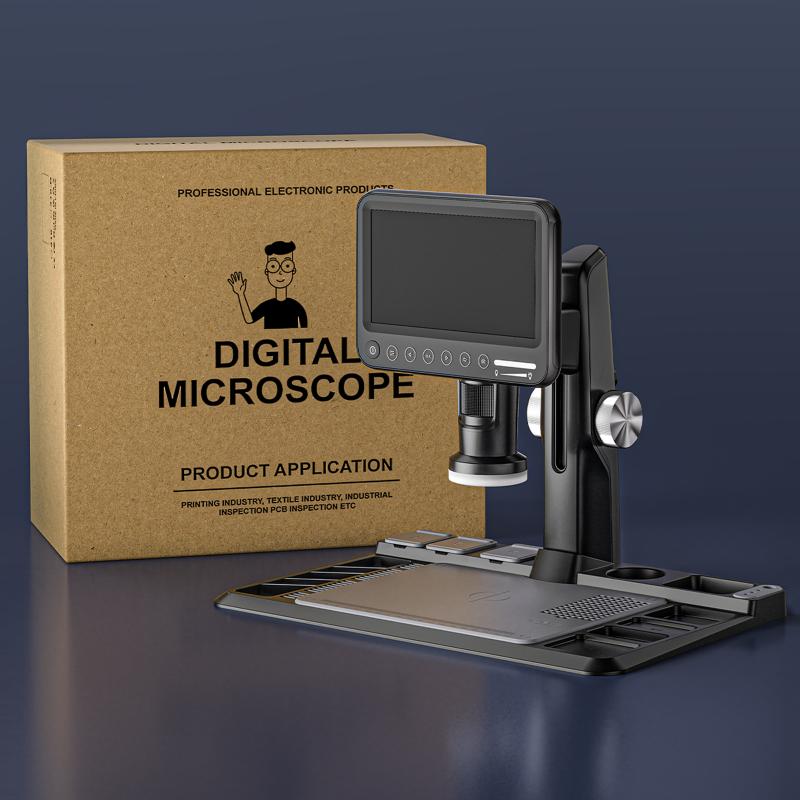
2、 Stereo Microscope: Ideal for observing three-dimensional objects.
Which microscope should I buy? A stereo microscope would be an ideal choice if you are looking to observe three-dimensional objects. This type of microscope provides a three-dimensional view of the specimen, allowing for a more accurate and detailed analysis.
A stereo microscope, also known as a dissecting microscope, is designed with two separate optical paths that provide a binocular view of the specimen. This allows for a more natural perception of depth and enables the observation of objects that may be too thick or opaque for other types of microscopes.
Stereo microscopes are commonly used in fields such as biology, geology, and electronics, where the examination of three-dimensional structures is crucial. They are particularly useful for tasks such as dissection, soldering, or examining small organisms.
In recent years, there have been advancements in stereo microscope technology. Some models now come with built-in digital cameras, allowing for easy capture and documentation of images. Additionally, there are models with adjustable magnification levels, allowing for greater flexibility in observing different types of specimens.
When considering which stereo microscope to buy, it is important to consider factors such as magnification range, working distance, and lighting options. Higher magnification ranges and longer working distances can provide more versatility in observing different types of specimens. LED lighting is also a popular choice as it provides bright and even illumination.
In conclusion, if you are looking to observe three-dimensional objects, a stereo microscope would be an ideal choice. With advancements in technology, there are now more options available, such as models with built-in cameras and adjustable magnification levels. Consider your specific needs and requirements when selecting a stereo microscope to ensure you make the best choice for your research or hobby.

3、 Electron Microscope: Offers high-resolution imaging at the atomic level.
Which microscope should I buy? An electron microscope would be a great choice if you are looking for high-resolution imaging at the atomic level. Electron microscopes use a beam of electrons instead of light to magnify the sample, allowing for much higher resolution and greater detail.
There are two main types of electron microscopes: transmission electron microscopes (TEM) and scanning electron microscopes (SEM). TEMs are used to study the internal structure of thin samples, such as cells or materials, by transmitting electrons through the sample. SEMs, on the other hand, provide a detailed surface image by scanning the sample with a focused beam of electrons.
Electron microscopes have revolutionized many fields of science, including biology, materials science, and nanotechnology. They have allowed researchers to observe and understand the intricate details of biological structures, study the properties of materials at the atomic level, and even manipulate individual atoms.
However, it is important to note that electron microscopes are expensive and require specialized training to operate. They also require a vacuum environment, which can limit the types of samples that can be studied. Additionally, the high-energy electron beam can damage delicate samples, so careful sample preparation is necessary.
In recent years, there have been advancements in electron microscopy techniques, such as cryo-electron microscopy (cryo-EM), which allows for the imaging of samples in their native, hydrated state. Cryo-EM has been instrumental in determining the structures of complex biological molecules, such as proteins and viruses, and has been recognized with the Nobel Prize in Chemistry in 2017.
In conclusion, if you are looking for high-resolution imaging at the atomic level, an electron microscope would be the ideal choice. However, it is important to consider the cost, training requirements, and limitations associated with electron microscopy. Additionally, staying updated with the latest advancements, such as cryo-EM, can provide valuable insights into the capabilities and applications of electron microscopy.

4、 Digital Microscope: Integrates digital imaging for easy data capture.
Which microscope should I buy? A digital microscope would be a great choice. Digital microscopes integrate digital imaging technology, allowing for easy data capture and analysis. These microscopes have become increasingly popular in recent years due to their numerous advantages.
One of the main benefits of a digital microscope is the ability to capture high-resolution images and videos. This is particularly useful for research purposes, as it allows for detailed documentation and analysis of specimens. The images can be easily stored and shared with colleagues or used for presentations and publications.
Another advantage of digital microscopes is the ability to connect to a computer or other devices. This enables real-time viewing of the specimen on a larger screen, making it easier to observe and analyze. Some digital microscopes even have software that allows for measurements and annotations to be made directly on the images.
Furthermore, digital microscopes often have built-in lighting systems, eliminating the need for external light sources. This ensures consistent and uniform illumination, resulting in clearer and more accurate images.
When considering which digital microscope to buy, it is important to consider factors such as magnification range, resolution, and connectivity options. Additionally, it is worth checking if the microscope is compatible with the software and devices you plan to use.
In conclusion, a digital microscope is a great choice for anyone looking for easy data capture and analysis. With their high-resolution imaging capabilities, connectivity options, and built-in lighting systems, digital microscopes offer numerous advantages for researchers and professionals in various fields.






















